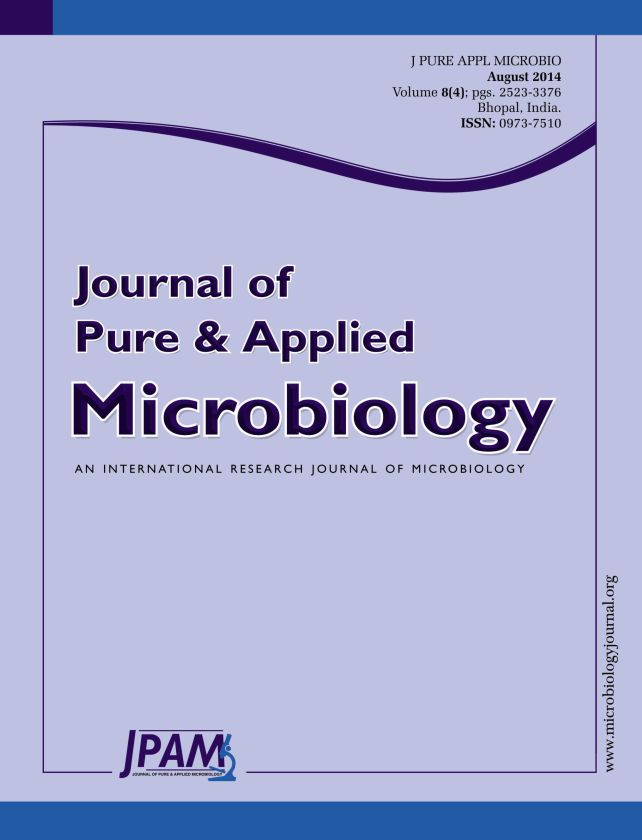The main objective of this study was investigation of the prevalence of various enterotoxins among clinical Staphylococcus aureus strains isolated from food borne poisoning patients. A total of forty two clinical S. aureus strains were isolated from patients with food poisoning symptoms in the King Saud Medical Complex (Riyadh, Saudi Arabia). Detection of S. aureus enterotoxins were performed using two methods; including commercially available SET-RPLA serological kits; and PCR amplification of various enterotoxins genes. Comparison between detection of enterotoxins production by SET-RPLA and PCR amplification of enterotoxins genes approaches indicated that sea gene was detected in 64% (27/42) of the tested S. aureus strains, while SEA was detected in 45% (19/42) using SET-RPLA. For seb gene and SEB production, it was detected in 85% (41/42) and 38% (16/42) using PCR and SET-RPLA techniques, respectively. In addition, 98% (41/42) of the strain showed sec gene using PCR, while only 31% (13/42) were positive for SEC. Interestingly, while SED was detected in only 16% (7/42) using SET-RPLA, it was detected in 88% (37/42) of the tested S. aureus strains using PCR. These results clearly demonstrated that detection of staphylococcal enterotoxins by PCR was much more efficient than SET-RPLA in S. aureus strains. Finally, the antibiotics susceptibility of the isolated clinical S. aureus strains (n=42) were determined. The results indicated that some strains were resistant to some antibiotics including ciprofloxacin (31%, n=13), moxifloxacin (29%, n=12), azithromycin (22%, n=9) and tetracycline (5%, n=2). In addition, three strains (7%) were resistant to methicillin.
Staphylococcus aureus, Enterotoxins, SET-RPLA, Food poisoning, Antibiotics susceptibility
© The Author(s) 2014. Open Access. This article is distributed under the terms of the Creative Commons Attribution 4.0 International License which permits unrestricted use, sharing, distribution, and reproduction in any medium, provided you give appropriate credit to the original author(s) and the source, provide a link to the Creative Commons license, and indicate if changes were made.


